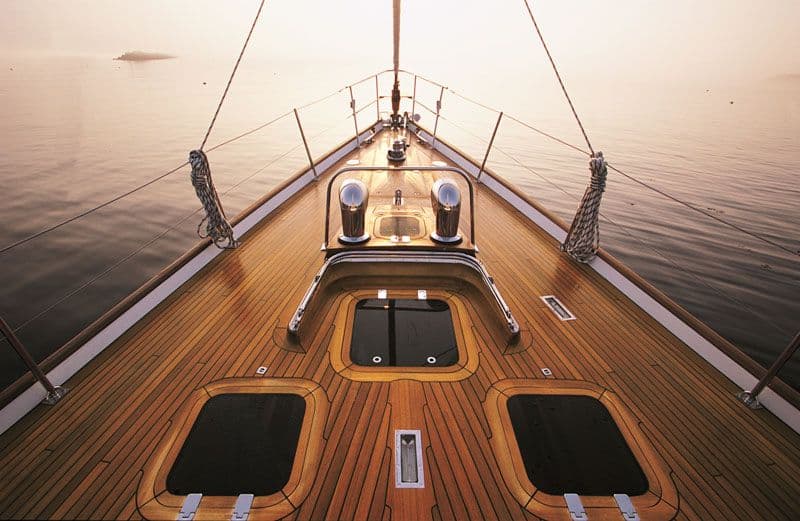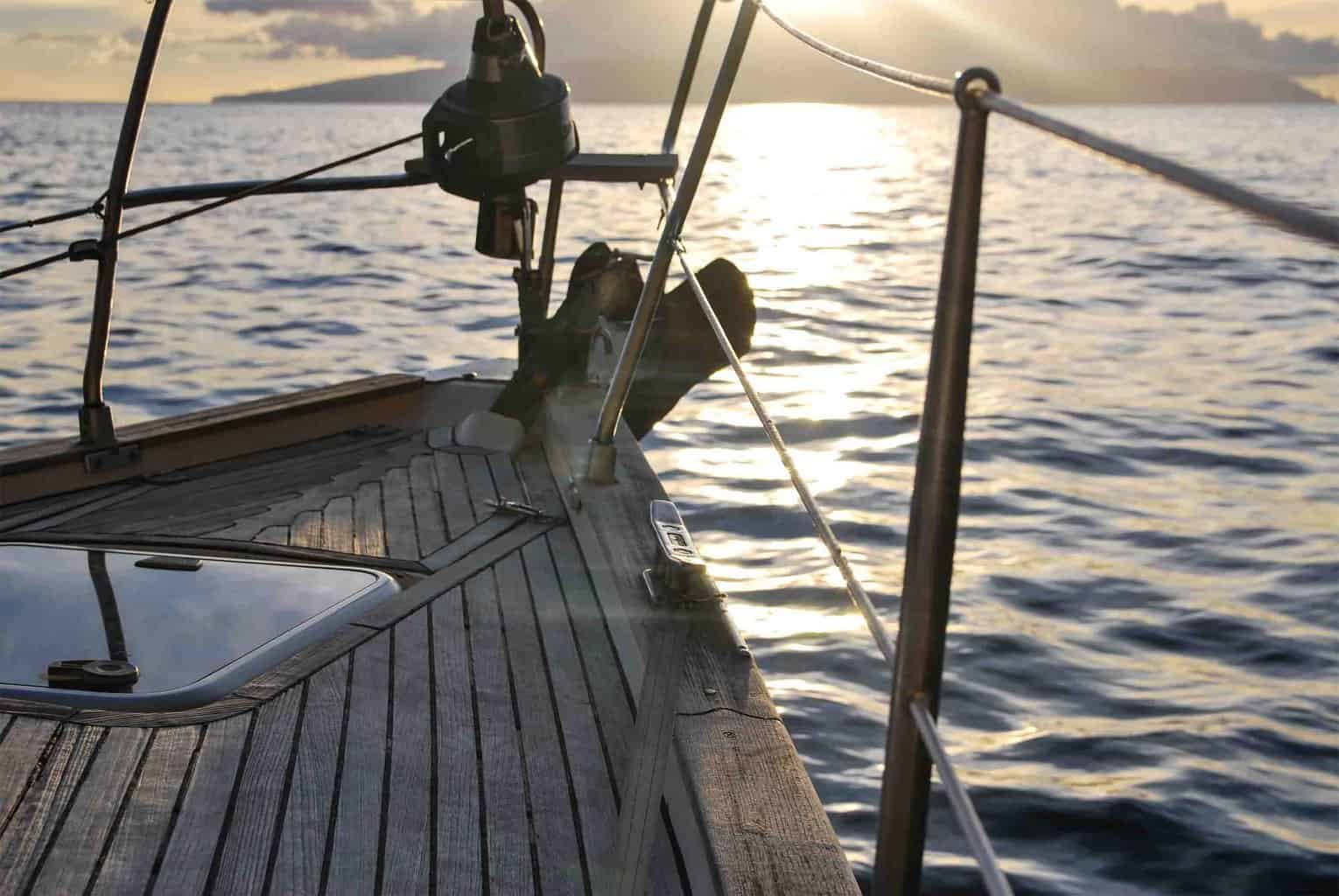Hatches are found on nearly all vessels, regardless of size. While they are essential pieces of equipment, they are often overlooked. These components provide access to compartments below the deck, ensuring these areas remain dry and secure. Most access points are made from high-quality Acrylonitrile Butadiene Styrene (ABS) plastic to withstand the harsh marine environment. On the other hand, latches and locking mechanisms are crucial for maintaining functionality and security.
In this blog post, we will explore different types of access hatches and latches, factors to consider when purchasing them, installation and maintenance tips, and suggestions for enhancing safety and security. To learn more about durable marine hatches and latches, check out our range of hatches and ventilation section.
Types of Marine Hatches
These access points come in various sizes and styles, with different materials used in their construction. Some common types include:
Deck Hatches
Commonly installed on a vessel’s deck, these openings provide ventilation, natural light, and entry to the cabin. They come in fixed and adjustable designs—fixed models offer a watertight seal, while adjustable ones can be opened or closed as needed. Typically, they feature aluminium frames and polycarbonate transparent panels and are available in oval, round, or square shapes.
Access Hatches
Designed for tighter spaces, these are commonly used for entry to tanks, electrical hardware, engine areas, and storage compartments. Many have stays or friction hinges for easy operation, along with watertight seals to protect against water intrusion. They vary in shape and size, with materials and locking mechanisms tailored to different boating needs.
Escape Hatches
Crucial for emergencies such as fires or accidental flooding, these serve as quick escape routes. They are designed for easy opening and often feature polycarbonate or aluminium construction, combined with latches or levers that allow operation from the inside.
Storage Hatches
Primarily designed for stowing equipment, these are located in less frequently accessed areas of a vessel. Many feature twist or push-button locking mechanisms, with construction materials including plastic and aluminium to withstand marine conditions.
Key Features and Uses
Each type serves a unique purpose based on the boat’s design and usage. Deck hatches offer entry to the cabin, while escape versions prioritise safety. Storage models are used for stowing gear, and access hatches provide entry to internal compartments. The materials and locking mechanisms used depend on their specific function and location.
Latches and Locking Mechanisms
Latches play a critical role in securing these openings and preventing unexpected openings during rough conditions. The different types include:
- Twist Latches – Operate by turning a handle to secure the opening.
- Slam Latches – Spring-loaded designs that lock automatically when shut. Ideal for quick and easy access.
- Compression Latches – Tighten and hold in place using a screw mechanism, perfect for harsh weather conditions.
Choosing the right latch depends on location, usage, and environmental exposure.
Factors to Consider When Buying Hatches and Latches

Image source: The Boat Butler
Several key factors impact selection, including:
- CE Ratings – Required for vessels in the European Union, ensuring compliance with safety regulations.
- Size and Dimensions – Ensuring a proper fit to prevent ventilation issues or structural compromise.
- Environmental Exposure – Choosing materials resistant to saltwater, corrosion, and harsh weather conditions.
- Security Features – Selecting locks with anti-theft mechanisms for added protection.
- Ease of Use – Ensuring smooth operation and accessibility.
Installation and Maintenance
Proper installation is crucial to ensuring a long-lasting seal and preventing leaks. Before installation:
- Clean the area and remove debris.
- Ensure surfaces are flush and use sealant to prevent water intrusion.
- Regularly lubricate latches to maintain functionality.
- Clean openings and locks to prevent saltwater corrosion.
Enhancing Safety and Security
To improve safety:
- Follow proper security guidelines for locking compartments.
- Install secondary locks to prevent unauthorised entry.
- Use weather seals to reduce water intrusion.
Finding the Right Hatch and Latch Solutions
Researching reputable manufacturers is essential when selecting durable marine components. Reading user reviews and considering both quality and budget will help in making an informed decision.
Frequently Asked Questions (FAQs)
How do I measure a boat hatch for replacement?
You can measure the distance between the inside edges of the hatch frame and the hole size, which will determine the size of the replacement hatch. However, most hatches will provide you with the cut-out size and the overall dimensions needed for a replacement.
Can I retrofit an old hatch with a new latch?
Many latch manufacturers make products that are universal and can be adapted to fit existing hatches. However, this is not always the case, so it’s important to check the latch and frame measurements before making a purchase.
Are there specific latches for marine use?
Yes, latches designed specifically for marine use are available. Marine-grade latches are made from corrosion-resistant materials to withstand harsh sea conditions. Look for durable stainless steel or alloy options. Also, ensure they have a waterproof seal to protect against water intrusion and leaks.
What to do if a boat hatch is leaking?
Check for loose screws or bolts that may be causing the hatch frame to move. Tighten these and inspect the seal around the hatch frame. If this does not stop the leak, consider replacing the weather seals or investing in a new latch system.
Conclusion
Hatches and their locking mechanisms are essential for a secure and functional boating experience. Proper selection, installation, and maintenance will help ensure longevity and reliability. Investing in high-quality marine-grade components will provide peace of mind and years of hassle-free adventures on the water.


